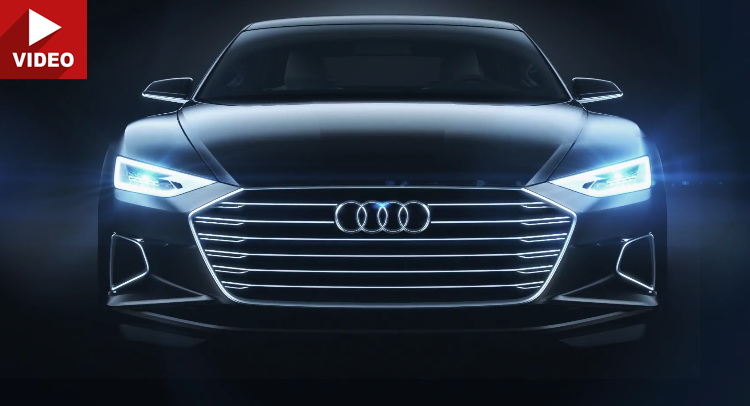To think that it all started with Paraffin lamps strapped to the sides of your early 1900s car, it really goes to show how far we’ve come in the automotive industry.
Then came carbide lamps, also called acetylene gas lamps, which were used not just for headlights, but also to illuminate buildings, lighthouse beacons and bicycles.
Finally in 1920, Audi gave their cars electrical light – though their modern-day logo didn’t show up until later on during that decade – so feel free to question that particular image.
Anyway, fast forward a bunch of decades and you’ll arrive at Xenon light, which is still used to this day. Xenon was followed of course by LEDs, which entered the market as Daytime Running Lights in 2008, along with Full LED headlights which themselves led to Matrix LED technology in 2013.
Last year saw the introduction of Laser Light, which can be nearly twice as effective as a LED high-beam light. Sure, Laser sounds awesome, but what’s really fascinating is its future-world applications, such as pedestrian communication which really is mind blowing. Imagine your car basically watching out of pedestrians during the night, signaling them when it’s safe to cross the street.
Considering how far headlight design and technology have come in the past 100 years, it’s really amazing to think about where we’ll be in another 50 to 100 years. There may be no limits to how much we’ll be able to manipulate light.



